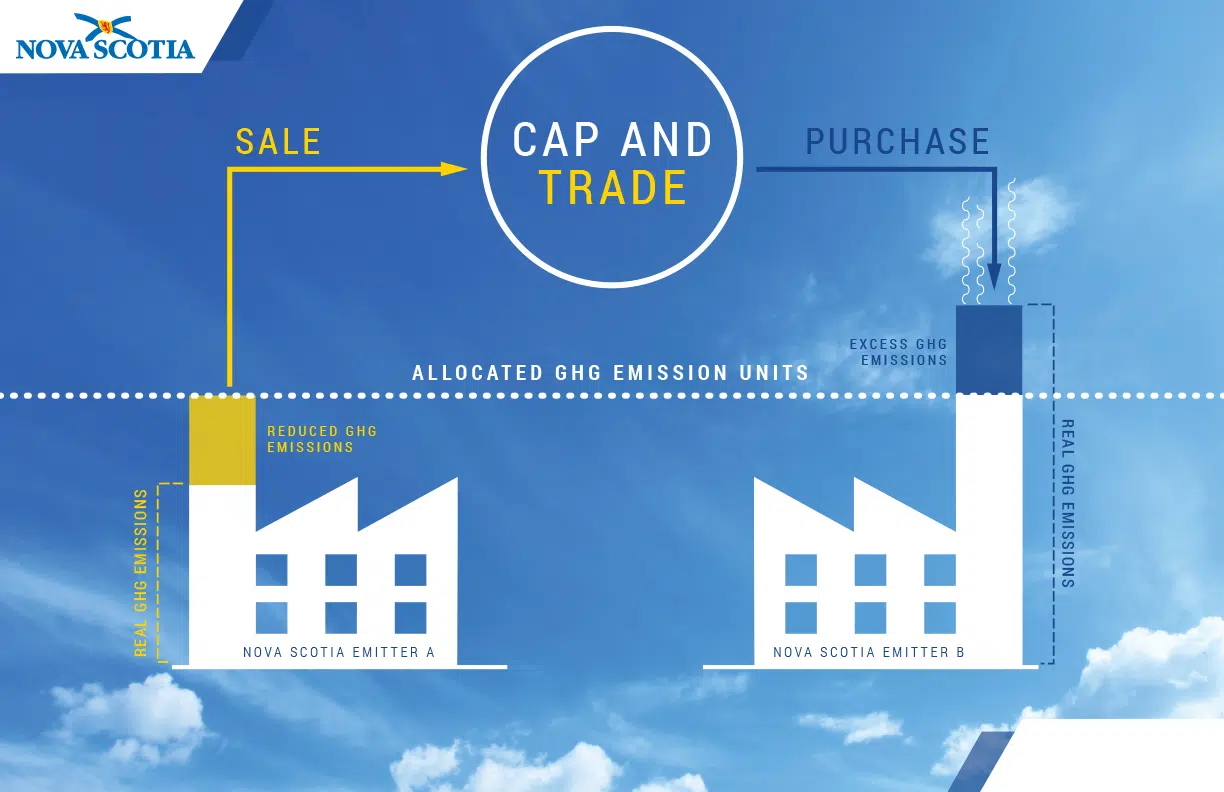On Monday, the federal government began levying its carbon tax on greenhouse gas-emitting fuels in four provinces that refused to take part in the national climate framework and create their own carbon pricing system.
Jason Hollett, the executive director of Climate Change at the provincial Department of Environment says a News Nova Scotia chose to adopt the cap and trade model.
“The way that we designed it was to really minimize the cost to consumers and you see the price of gasoline increase by less than one cent per litre here, by comparison.”
The cap-and-trade program, which began on January 1, sets annual caps that limit how many tonnes of greenhouse gas emissions are allowed from certain activities in the province each year.
He says the province sets up a market where it regulates the larger industrial facilities and fuel suppliers.
“We create requirements for them to reduce greenhouse gas emissions and then we create a market for them to trade and buy and sell what are called greenhouse gas emission allowances.”
Ontario, Manitoba, New Brunswick and Saskatchewan opposed any sort of carbon pricing scheme so Ottawa applied its carbon tax on fossil fuels.
Reported by Gary Nickerson







